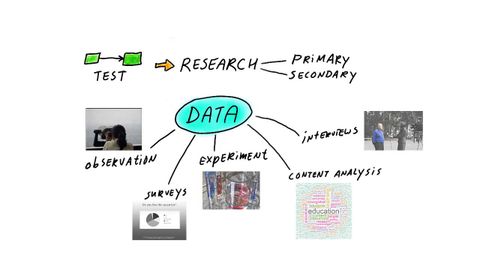1.4理論 (1.4 Theories)
Jack 發佈於 2021 年 01 月 14 日  沒有此條件下的單字
沒有此條件下的單字US /ˈkɑnʃəs/
・
UK /ˈkɒnʃəs/
- adj.意識到;注意到;故意的;有意的;過於擔心的;過於顧慮的
US /riˈælɪti/
・
UK /rɪ'ælətɪ/
- n.差距;摔落(某物);(質量的)下降;液滴;水滴
- v.t.送;從手中摔落;停止;使(質量)下降;拜訪;降低
- v.i.趴下
US /ˈɪnstəns/
・
UK /'ɪnstəns/
- n. (c./u.)例證;實例;事件;實例 (電腦)
- v.t.例
- phr.應…的要求

